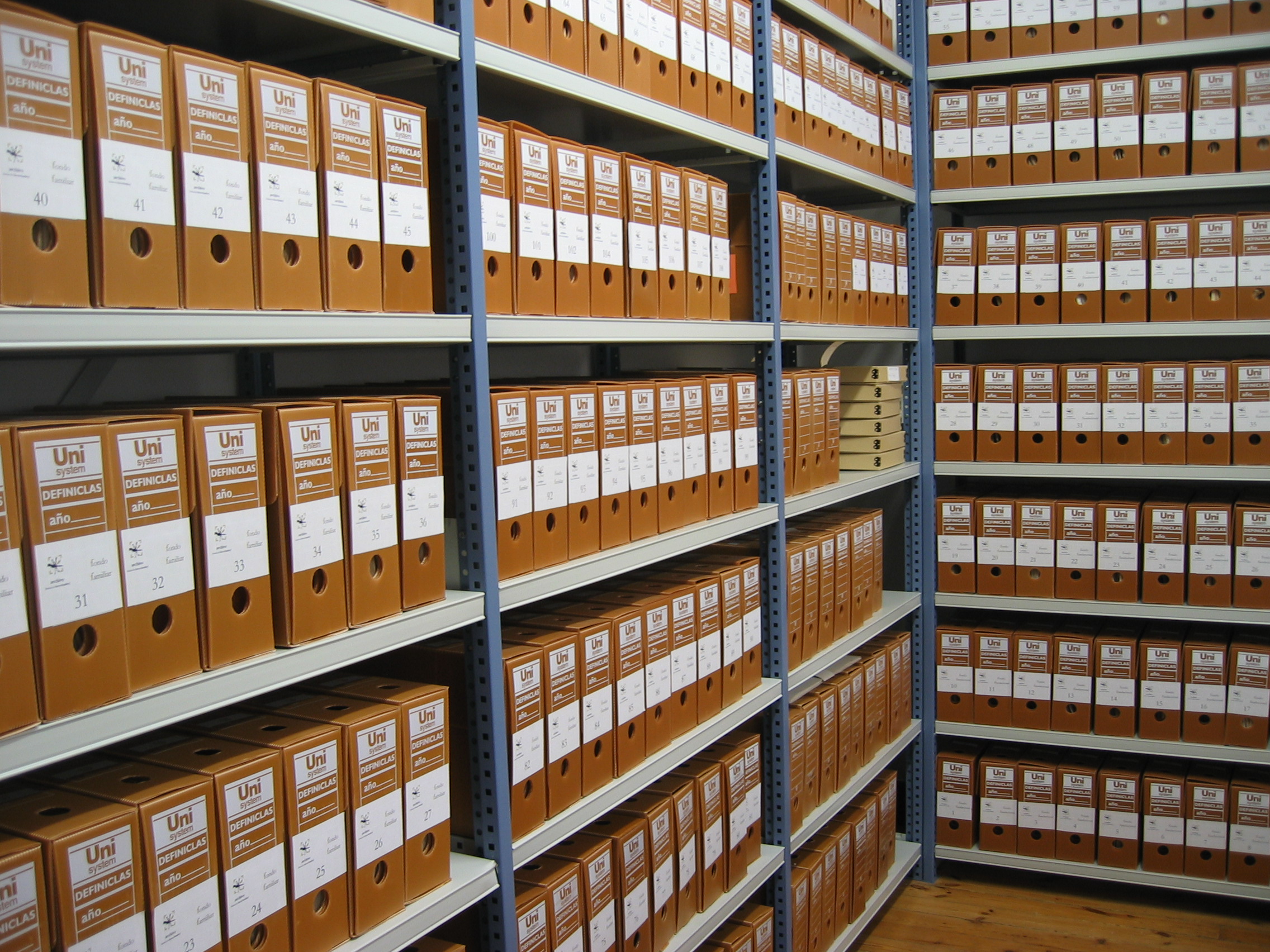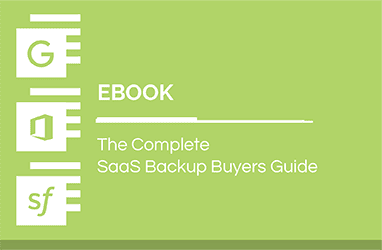4 Use Cases Where Archiving Isn’t “Good Enough Backup”
 If you’re managing a SaaS collaboration platform like Office 365 or Google for Work, you’re responsible for ensuring your organization’s data isn’t lost due to human error or malicious action. Why? Vendors like Microsoft, Google and Salesforce are very good at data protection for things like natural disasters at the data center level, but they can’t tell when you or your users deleted data in error, or overwrote good data with bad. And while archiving tools like Google Vault or Microsoft In-Place eDiscovery can preserve your data for legal needs, there are important reasons why they are less useful for business continuity.
If you’re managing a SaaS collaboration platform like Office 365 or Google for Work, you’re responsible for ensuring your organization’s data isn’t lost due to human error or malicious action. Why? Vendors like Microsoft, Google and Salesforce are very good at data protection for things like natural disasters at the data center level, but they can’t tell when you or your users deleted data in error, or overwrote good data with bad. And while archiving tools like Google Vault or Microsoft In-Place eDiscovery can preserve your data for legal needs, there are important reasons why they are less useful for business continuity.
What’s the difference between “archive” and “backup”?
First, let’s clarify our terms. The SNIA defines archives as a collection of data objects “whose primary purpose is the long-term preservation and retention of that data,” in contrast to backup, which is a collection of data “for purposes of recovery in case the original copy of data is lost or becomes inaccessible.”
George Crump, President of Storage Switzerland, summarizes the difference quite well: “Backups are primarily used for operational recoveries, to quickly recover an overwritten file or corrupted database. The focus is on speed, both to back up and recover, and on data integrity. Archives, on the other hand, typically store a version of a file that’s no longer changing, or shouldn’t be changing.”
Based on these needs, we see there are four key attributes that differentiate “archive” from “backup”:
Archive Attributes
| Backup Attributes
|
These differences reflect their primary use cases – for archives, ensuring an organization can meet legal requirements for HR and related issues; for backups, to enable business continuity in the event of data loss.
I’ve often heard IT managers say their archiving tool was “good enough for backup.” There are at least four use cases, however, where even they acknowledge that’s not true.
- When data changes frequently. If your CRM data is updated thousands of times a day, or if complex end-stage contract negotiations may be conducted through email, data loss can cause significant financial harm. On-demand point-in-time backup and fast, accurate restores are vital in those circumstances.
- When fast Restore Time Objectives (RTO) matter. If your organization uses COBIT5 or ITIL frameworks for business continuity, you understand the need for fast, accurate restores back to (or including) folders and with the labels that had been in place before the data was lost. Retrieving and then restoring data from e-discovery archives can take days or hours, whereas with the right backup solution, you can restore lost data just as it was originally – in minutes.
- When enterprise agility is important. To pull data from an archive solution and then use that for restores takes IT personnel and time – rarely are end users able to access and restore lost data on their own. Backup solutions should let IT enable end users to self-serve simple restores on their own data, helping keep employees and executives productive while saving IT service desk time.
- When the SaaS application vendor is also the archive provider. Third-party backup and restore solutions are a common-sense best practice if your SaaS vendor is also the archive provider – for example, if you use both Google for Work and Google Vault. With a third-party solution, you have a layer of protection under your control and outside the SaaS application vendor’s infrastructure.
Test the Difference for Yourself
If you haven’t already, you (or your team) should test the time it takes to restore lost data from your current solution.
One simple way to do this:
- Delete five emails.
- Delete those emails from the recycle bin or trash bin.
- Try to find and restore them into the same folders as they were in previously, and with the same metadata (date, subject line, tags) they had.
If the effort is painful and slow even with an archive tool, or takes longer than your organization’s target RTO, a solution like Spanning Backup may be better suited to your purposes.






